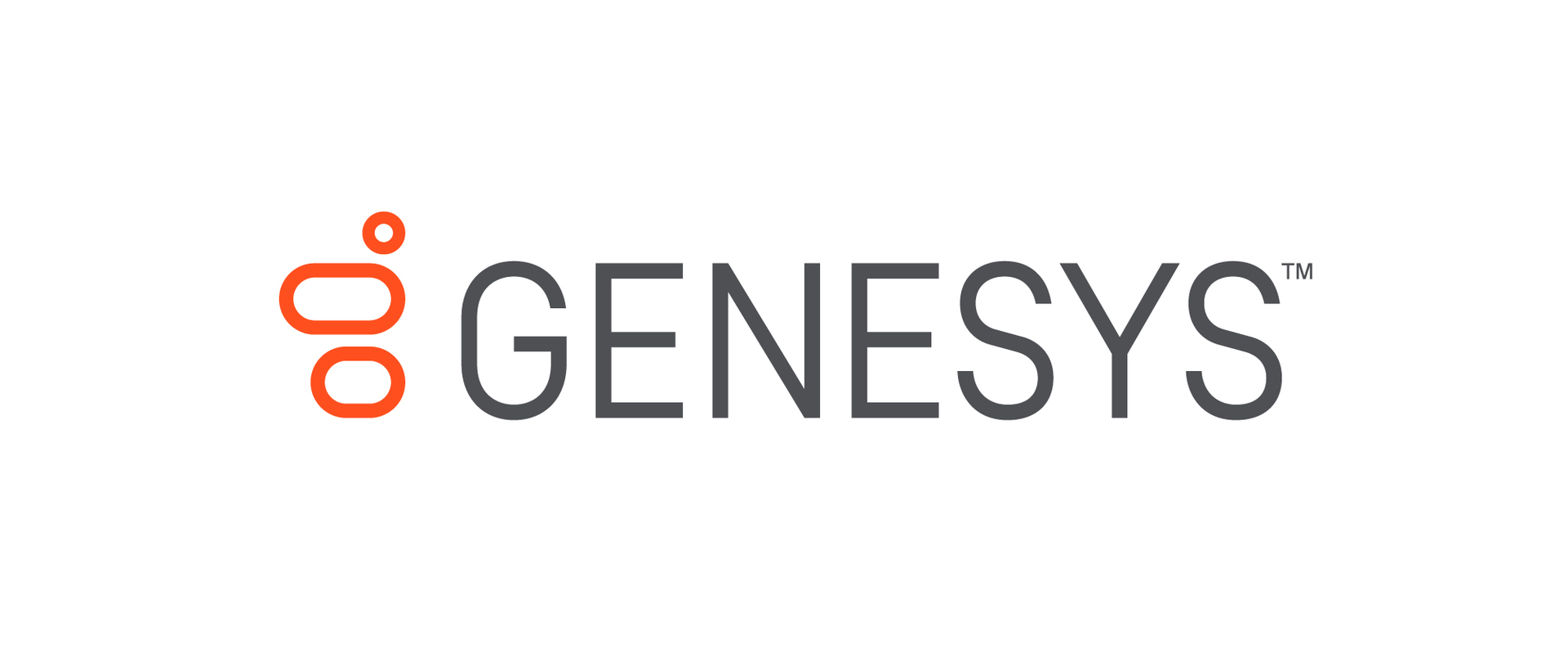The Focus on Customer Experience
When the citizens’ expectations are not met, they escalate and that’s a big problem. We are seeing a move toward omni-channel, but it’s still largely siloed. When we talk about multi-channel, it may be an email or a chat or a text or website form or a voice call. Voice is still a very viable and large channel in use across government.
Dave York
Senior Vice President of U.S. Public Sector, Genesys
Customer Experience as an Enabler
The key in the customer experience business is looking at an open system, open technologies that integrate. Does it allow you to extend to the places you want to extend to? If it doesn’t, you’ve locked yourself into a direction and eliminated your ability to grow in the future.
Dave York
Senior Vice President of U.S. Public Sector, Genesys
Back in 2001, the Office of Management and Budget began marketing the concept of “three clicks to service” as a way to engage the citizen or customer.
The internet was still nascent in many ways. Websites were static and transactions were surprising versus the norm.
Here we are 18 years later and the expectations of citizens have changed dramatically. Citizens are visiting federal websites on their smartphones at the same rate as they do on their desktops. That is a dramatic change over the last three years alone.
At the same time, agencies are struggling to keep up with citizen expectations. Take the Department of Housing and Urban Development, for example, in September, the agency released a solicitation to buy a forms-as-a-service capability so it can take 950 forms filled out by millions of people every year and electronically capture and use the data.
It’s 2019 and HUD still relies on paper forms.
The last two administrations and Congress have made it clear that improving the customer experience is hugely important.
OMB has added requirements to Circular A-11.
Congress has passed bills requiring the IRS to improve customer service and lawmakers in both houses introduced the Federal Agency Customer Experience Act of 2019. The FACE Act passed the Senate in July and the House continues to consider it.
And just recently, the 25 agency program offices designated as high-impact service providers by OMB released their annual customer experience action plans. Each plan includes two near-term goals agencies can accomplish within a year, and a self-evaluation of how they’re performing on five metrics — measurement, governance, organization and culture, customer research and service design.
Dave York, the senior vice president of U.S. public sector for Genesys, said agencies can improve how they deliver services to citizens by taking a omni-channel approach to digital modernization.
“When the citizens’ expectations are not met, they escalate and that’s a big problem,” York said on the Innovation in Government show. “We are seeing a move toward omni-channel, but it’s still largely siloed. When we talk about multi-channel, it may be an email or a chat or a text or website form or a voice call. Voice is still a very viable and large channel in use across government.”
York said the difference between multi-channel and omni-channel is the integration piece. Under a multi-channel customer service approach, a citizen’s history of contact with the agency isn’t kept in one central file whereas under an omni-channel approach, a customer service representative can see every interaction the citizen had with the government whether it’s email or text or voice call.
York said moving to an omni-channel approach is doable and should be part of most agency’s IT modernization strategies, including the Centers of Excellence initiatives.
“We are seeing much more consolidation of contact centers within the agencies. While this doesn’t by itself solve or get them to an omni-channel approach, it does pave the way for them to execute against that and at least consolidate the management of these channels. Then they can build on that and really build the context between those channels,” he said.
York said the challenge to improve customer experience is similar to that of training, agencies don’t see it mission essential.
“Customer experience is much more an enabler of the mission. But because it’s not in their mission requirement, sometimes that’s the first thing that goes when there is a budget cut that needs to be made. Agencies haven’t, for the most part, answered the question of ‘why should I improve the customer experience?’” he said. “We, and I think it’s industry and the advocates in government, have to do a better job of articulating why this matters. Effective customer experience can enable the mission in three ways: First, it’s cost effective and it saves money. Second, when you optimize it, it saves time for you and if you are saving time, then you can be doing your regular day job. Last, it results in a reduction of escalations. No agency head or staff members wants to get called up to Capitol Hill for an oversight discussion because a number of people made complaints about it. I think they can accomplish this very effectively if they do so.”
York said as agencies continue to adopt artificial intelligence and robotics process automation, the customer experience will improve.
“These technologies really do help with addressing a lot of the customer experience challenges. They help because they can automate a lot of the repeat tasks, repeat calls and repeat contacts. When it comes to customer experience, this is one of the single biggest areas of savings,” he said. “We’ve done research that shows 30% or more of calls are repeat calls asking where’s my check or what’s the status of my application.”
He also pointed to a Deloitte study that found automation will free up 25% of the labor hours if implemented properly.
“The key in the customer experience business is looking at an open system, open technologies that integrate,” York said. “Does it allow you to extend to the places you want to extend to? If it doesn’t, you’ve locked yourself into a direction and eliminated your ability to grow in the future.”
 About Genesys
About Genesys
Genesys® powers 25 billion of the world’s best customer experiences each year. Our success comes from connecting employee and customer conversations on any channel, every day. Over 11,000 companies in 100+ countries trust our #1 customer experience platform to drive great business outcomes and create lasting relationships. Combining the best of technology and human ingenuity, we build solutions that mirror natural communication and work the way you think. Our industry-leading solutions foster true omnichannel engagement, performing equally well across all channels, on-premise and in the cloud. Experience communication as it should be: fluid, instinctive and profoundly empowering.
Copyright
© 2025 Federal News Network. All rights reserved. This website is not intended for users located within the European Economic Area.









